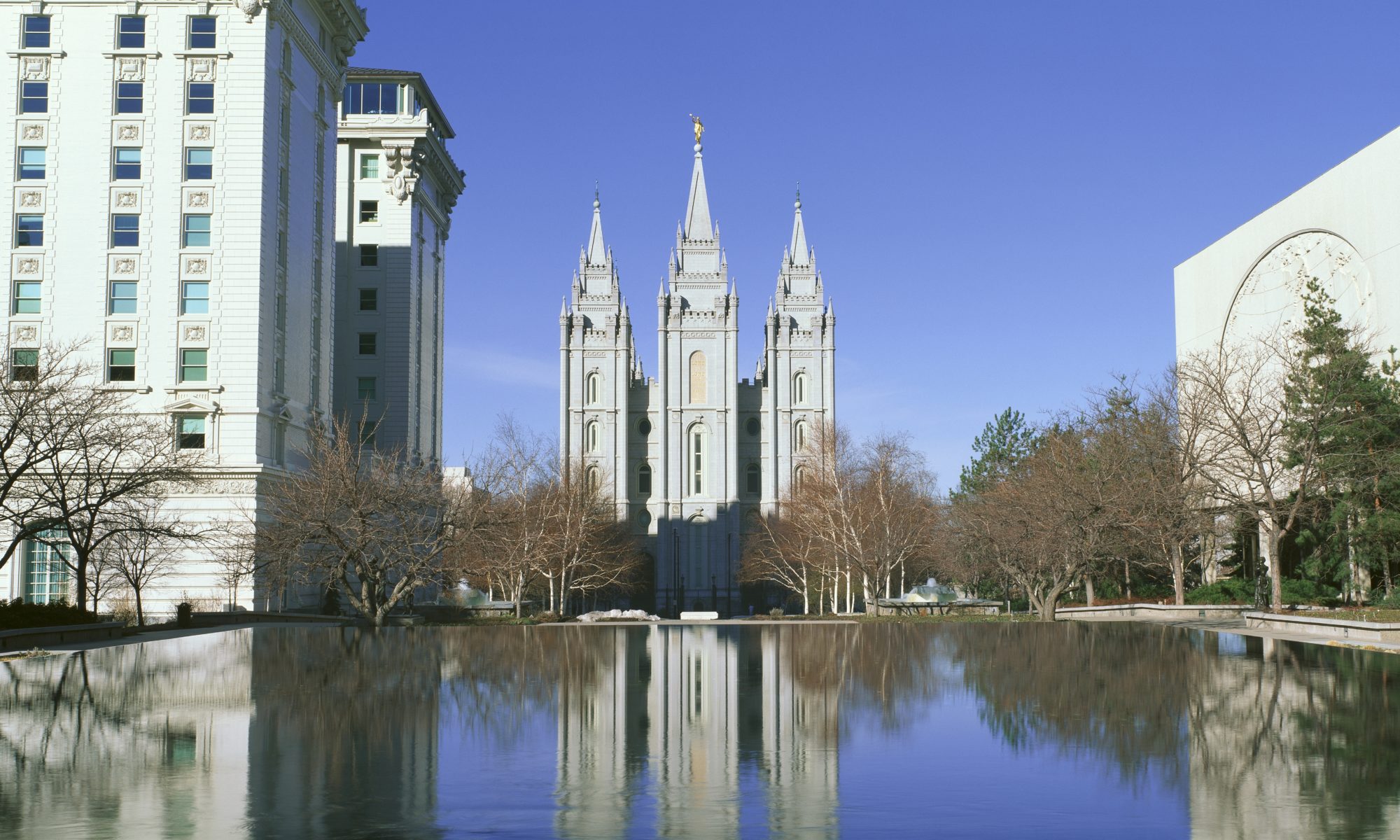In an official statement, the church claims to have a “long-standing policy of no tolerance for abuse.” However, it routinely pays millions of dollars to victims of sexual abuse and has required victims to sign non-disclosure agreements. Too often it shames and blames many who report abuse. Some abuse survivors were grooming and abused in one-on-one bishop interviews. Others were physically or sexually abused by bishops or by their husbands who served as ecclesiastical leaders. Unless the church adopts policies and procedures that provide recourse and resources for abuse survivors, the abuse will continue and perpetrators will be drawn to the church, which allows them to easily target victims.
Critical changes must include:
• Eliminating regular one-on-one morality interviews with children and youth
• Removing from church curricula and talks anything that blames victims and removes responsibility from perpetrators
• Creating an independent, empowered agency with a helpline where victims can report abuse that has been ignored or committed by ecclesiastical leaders
• Implementing policies and procedures that help abuse victims and hold perpetrators accountable
• Stopping the blaming and shaming of victims by silencing them or marginalizing them.
These procedures not only help abuse survivors but church leaders as well. Both will be better safeguarded from situations that encourage abuse. The LDS church will be a safer place for people to worship and join. Sacred tithing monies will be better spent helping survivors heal from abuse rather than defending the church from lawsuits by victims who were ignored and shamed. From a corporate standpoint, it will improve the church’s image and increase its marketability and credibility.
The church has a moral and spiritual obligation to better protect its members from predators, including those who hold or have held positions of responsibility in the church, and to better assist and help those who have been abused.
If the church refuses to implement critical changes, it will continue to foster a rape culture, where perpetrators are allowed to serve in callings that give them access to victims, where victims are blamed, shamed and marginalized, and where members and survivors are sometimes wrongly taught that victims are somehow responsible for being abused.
The church needs to show the same courage and compassion that it expects of its members. It will have to admit that although most leaders are kind, caring men, some are rapists and abusers. It will have to eliminate systemic procedures where ecclesiastical leaders are empowered to shield their friends and colleagues from accountability for abusive behavior.
We call on church leaders to adopt a zero-tolerance program for abuse. We ask them to listen to abuse survivors and stop silencing them. We ask them to end their policies and procedures that protect and attract perpetrators and wound and silence abuse survivors. As they do so, the church will “shine forth fair as the moon, clear as the sun” [1] and become more like God intends it to be.
[1]Song of Solomon 1: 6, D&C 105:31
“Continue to remember those in prison as if you were together with them in prison, and those who are mistreated as if you yourselves were suffering.” –Hebrews 13:3 NIV
RESOURCES:
Angela C, “Holding an Abuser Accountable,” By Common Consent, 23 March 2018.
Podcast hosted by Doug Fabrizio, “Authority, Sexual Abuse, and the Mormon/LDS Church,” guests Lee Hale, Lindsay Hansen Park, Angela Clayton, and Natasha Helfer Parker, KUER Mormon Trust Interviews, 31 March 2018.
Podcast hosted by April Bennett Young, “Stopping Sexual Abuse by Ecclesiastical Leaders with Mary Dispenza and Judy Larson,” Exponent II, 19 April 2018.
Podcast hosted by Dr. Gina Colvin, “A Feminist Response to Church Sexual ABuse: Staheli-Hanks & Brown Edmunds, ” A Thoughtful Faith, 27 March 2018.
